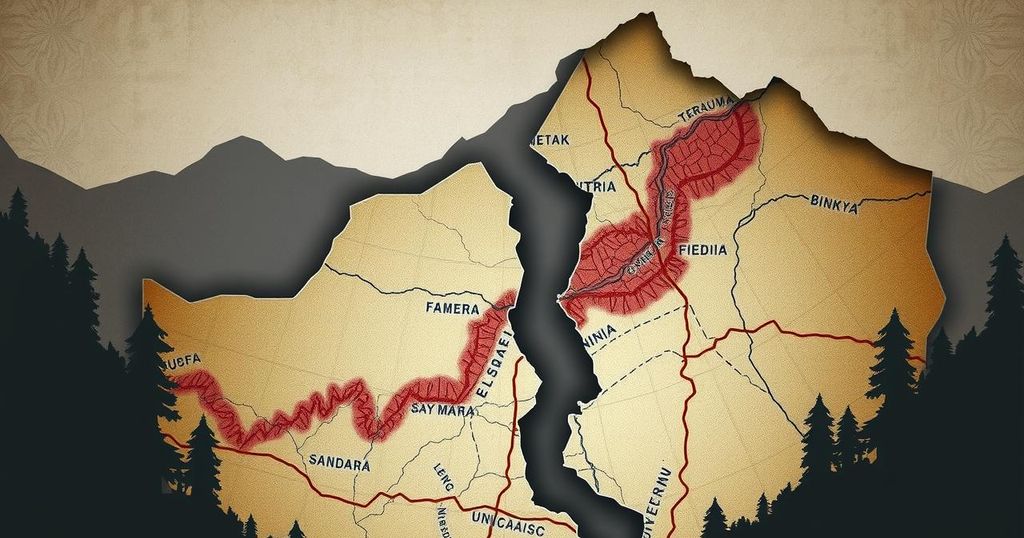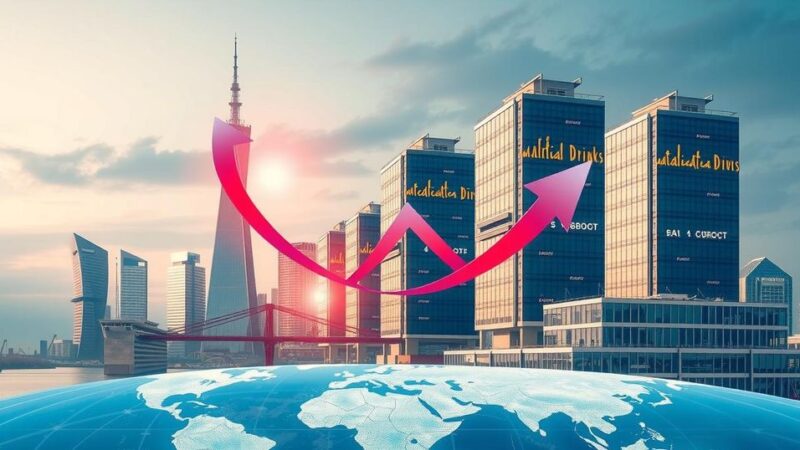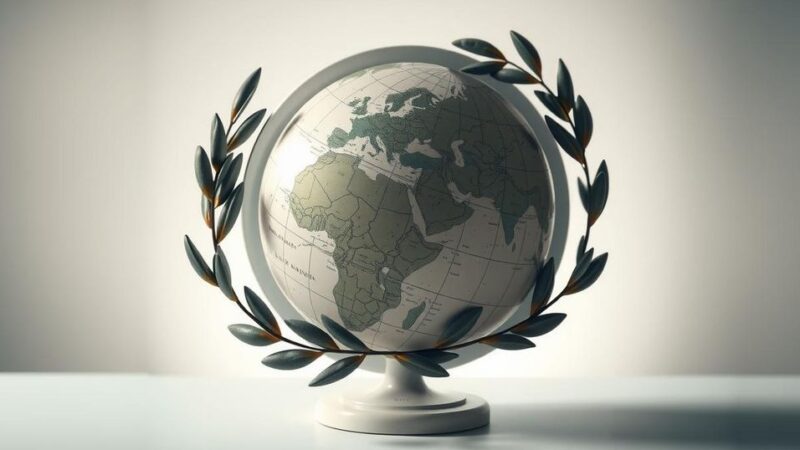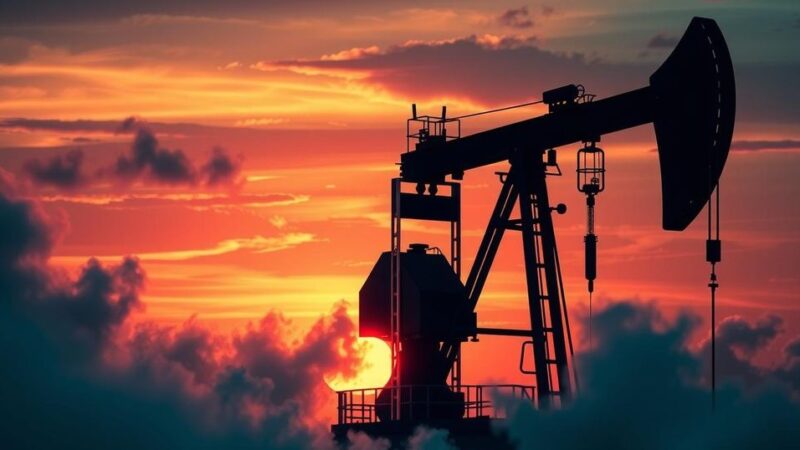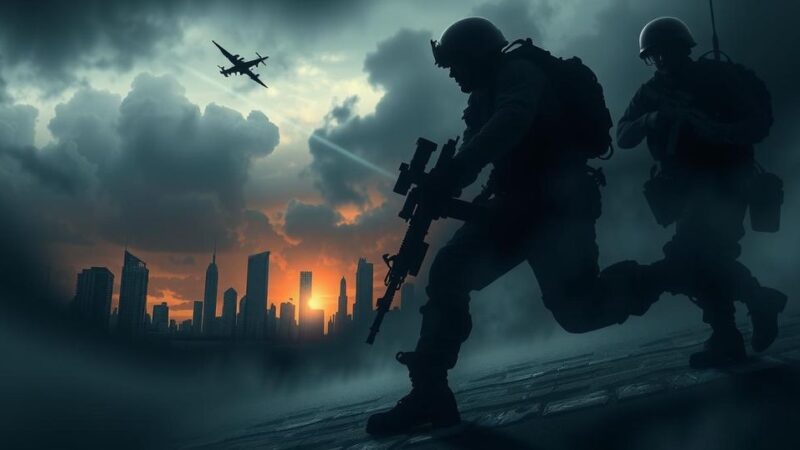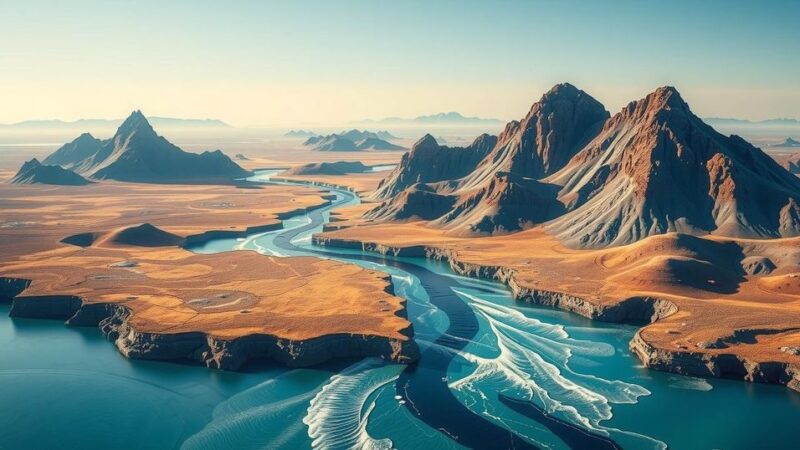The conflict in eastern DRC is complex, characterized by ethnic divisions, regional power struggles, resource exploitation, and international interests. The M23 rebel group, predominantly Tutsi, fights for their community’s rights amidst a humanitarian crisis. The region’s mineral wealth draws various factions and foreign powers into the struggle, exacerbating civilian suffering and hindering peace efforts.
The ongoing conflict in the eastern Democratic Republic of Congo (DRC) is an intricate situation rooted in various factors, including ethnic rivalries, regional conflicts, the pursuit of natural resources, and international influences. The brutal reality is that the layers of this crisis complicate any attempts towards lasting peace.
The ethnic divisions at the heart of the DRC conflict stem from the historical impacts of colonial borders, which disrupted communities. This is particularly exemplified by the Tutsi population, present on both sides of the DRC-Rwanda border, who face discrimination in the DRC whereas they have political power in Rwanda, leading to tensions that fuel the conflict.
The M23 rebel group, primarily composed of Tutsis, claims to advocate for the rights of their community. For many young men who join M23, the motivation extends beyond politics to concerns for survival, as they view participation in the conflict as their only viable path, especially those raised in refugee camps.
The DRC shares borders with nine countries, many of which share ethnic populations. This demographic overlap exacerbates tensions, leading to regional interventions—both supportive and oppositional—in the ongoing conflict as neighboring nations seek to protect their interests from instability.
Rwanda and Uganda, in particular, are actively involved in the conflict, each with their agenda. Rwanda, scarred by its own history of genocide against Tutsis, has cited the need to prevent such atrocities from recurring, fearing the resurgence of armed groups that threaten its sovereignty from within DRC borders.
Furthermore, eastern DRC boasts an abundance of valuable minerals, including coltan, gold, and cobalt, which serve critical roles in global technology industries. The struggle over these resources intensifies local conflicts, involving various armed factions vying for control, leading to devastating consequences for civilians caught in the turmoil.
Foreign interests also play a significant role as multinational corporations and powers invest in the DRC’s resources, often exacerbating violence through the provision of funds, weapons, and support. Consequently, the horrors faced by the civilians are compounded, as entire communities are ravaged, and millions are displaced, losing their homes and lives.
Recently, M23 has allied with other rebel factions, escalating their campaign against the Kinshasa government. This coalition further complicates the prospects for a peaceful resolution to the ongoing conflict, underscoring that the DRC’s situation is multifaceted and complex. Without comprehensive approaches to address these issues, the dream of peace in the region remains elusive.
The conflict in the eastern DRC is multifaceted, driven by ethnic tensions, resource competition, and regional dynamics. The humanitarian crisis it perpetuates affects millions as armed groups vie for power, often fueled by foreign interests. As M23 and other factions unite in their opposition to the Kinshasa government, the urgency for a sustainable and multifaceted resolution becomes paramount to addressing the chaos and suffering faced by civilians.
Original Source: www.channel4.com
